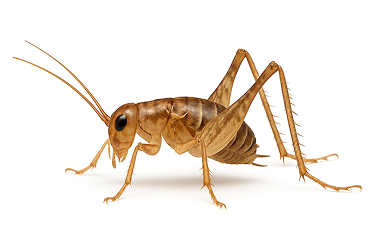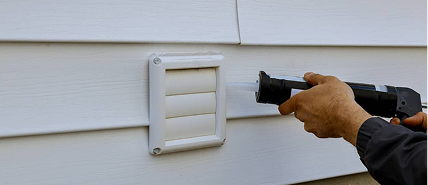Crickets
Crickets are common pests in the United States, known for their loud chirping and occasional damage to fabrics, paper, and stored food. While mostly harmless, they can quickly become a nuisance indoors. This guide offers simple steps to prevent and eliminate cricket infestations, keeping your home quiet and pest-free.

Here are some of the most common cricket species found across households in the United States.
-
Camel Cricket

-
Field Cricket

-
House Cricket

-
Jerusalem Cricket

-
Mole Cricket


Antennae: Long and thin, often as long or longer than their body.
Size: Typically 0.5 to 2 inches, depending on the species.
Body Shape: Small, cylindrical, and slightly flattened, with a rounded head and long hind legs for jumping.
Color: Varies by species, ranging from light brown or tan (house crickets) to dark brown or black (field crickets).
Legs: Powerful hind legs for jumping, with smaller front legs used for walking and holding food.
Sound: Males produce loud chirping sounds by rubbing their wings together to attract mates.
You can use the following model to help you identify a camel cricket .











































































































